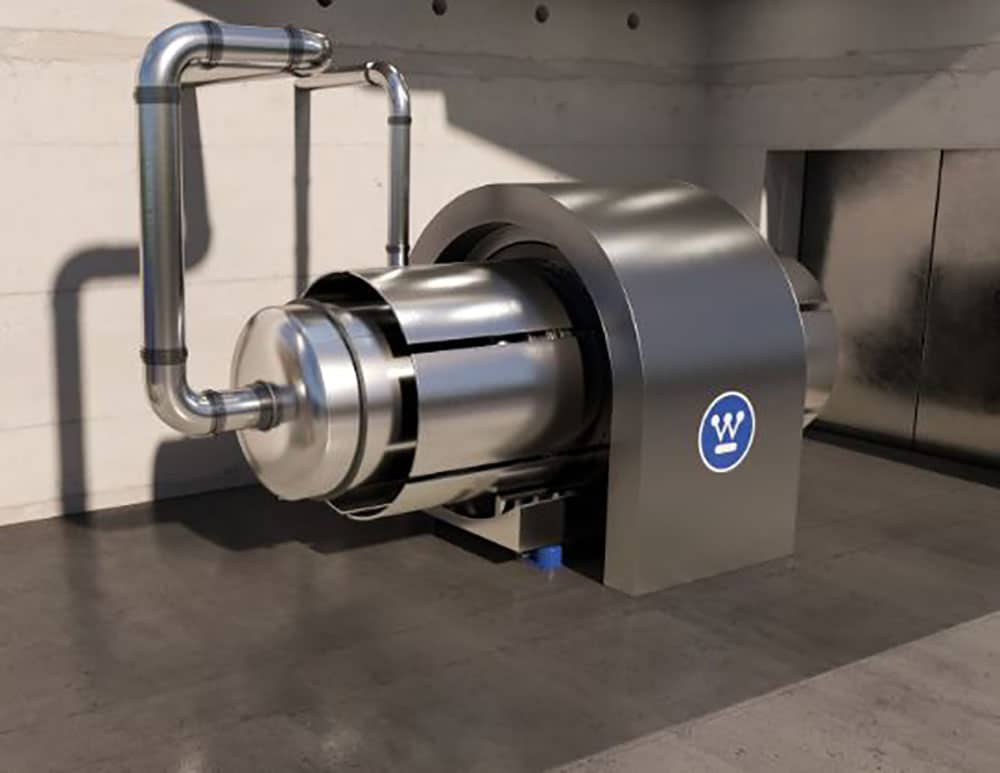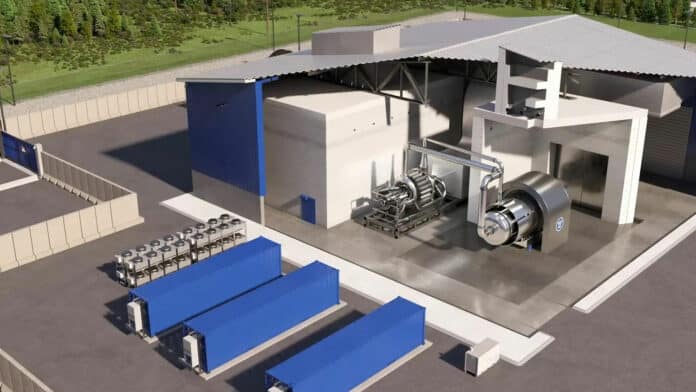Westinghouse has developed the eVinci Microreactor, a next-generation, micro-modular reactor for decentralized, remote applications. It can function without water, making it ideal for far-off locations where water might be scarce. The first eVinci Microreactor will be installed in Saskatchewan, Canada, in the next few years.
Microreactors are a fast and flexible solution for providing nuclear power to remote or emergency locations. They are much smaller than conventional nuclear power plants and can be easily transported by truck or aircraft. Once they arrive at their destination, they can be quickly installed and connected to the grid to generate power within a few days using nuclear fuel. They can provide electricity for disaster relief or military operations, where grid power may not be available.
However, most microreactor designs still require water to transfer heat from the core to steam turbines or to remove excess heat. This is where eVinci microreactor comes in, as it does not use water at all in its operation.
Westinghouse makes eVinci water independent using Heat Pipe technology, which allows for greatly simplified design and eliminates numerous components needed in active systems. Recently, the company successfully manufactured the first ever 12-foot nuclear-grade heat pipe, which eliminates the risk of high system pressures and loss of coolant accidents.

The company also uses PHS (Passive Heat Removal System), which removes heat via natural convection and radiation heat transfer. The core transfers heat to the canister, providing safe and reliable heat convection removal to the atmosphere without operator actions.
The eVinci microreactor is designed to work like a battery, with very few moving parts. It is capable of delivering power systems ranging from several kilowatts to 5 megawatts of electricity, 24 hours a day, 7 days a week, for eight or more full-power years before refueling. Its small size allows for transportability and rapid, on-site deployment in contrast to plants requiring large amounts of construction.
Additionally, it can produce high-temperature heat suitable for a range of industrial applications, including alternative fuel production such as hydrogen, and has the flexibility to balance renewable output. What’s truly impressive is that the technology is 100% factory-built and assembled before it is shipped in a container to any location where it will be used.
Westinghouse uses TRISO fuel in eVinci – 19.75% enriched fuel, structurally more resistant to neutron irradiation, corrosion, oxidation, and high temperatures than traditional reactor fuels. Each eVinci microreactor will reduce up to 55,000 tons of CO2 per year. The microreactor is equipped with shutdown rods inserted during transport for increased safety.
The eVinci Microreactor is a remarkable innovation that can bring safe, scalable, and carbon-free energy to any location it’s needed. It can be used for a variety of applications, including supplying electricity and heating to remote communities, universities, mining operations, data centers, and defense facilities. It is even expected to be used on the lunar surface and beyond.
In November, the Saskatchewan Research Council in Canada announced $80 million (CAD) in funding for the first nuclear microreactor that could be operational by 2029. Also, earlier this December, Westinghouse signed an MoU with Emirates Nuclear Energy Corporation (ENEC) to explore the deployment of the eVinci microreactor in the UAE.
